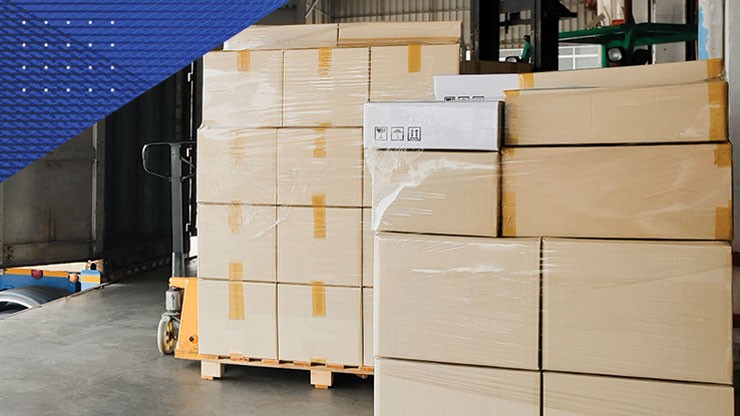How Freight Class Codes Affect Shipping Costs

When you need to book a less-than-truckload (LTL) shipment, knowing details about the commodity are important to ensure you're getting the most accurate upfront cost for your shipment. Whether you're shipping pallets of golf balls or cotton balls, the freight class code (National Motor Freight Classification or NMFC® number) will help your business get an accurate quote and ship safely.
NMFC Basics
The National Motor Freight Traffic Association (NMFTA) relates freight class codes to the “groupings or grading systems serving many other industries.” Commodities are combined into one of 18 classes, ranging from the lowest class (50) to the highest class (500). In general, class 50 refers to items that are low value, easily handled and stowed, and are very dense. Class 500, on the other hand, applies to low-density or extremely high-value items. Based on an evaluation of four transportation characteristics (density, handling, stowability and liability), each commodity falls into a specific class code. These four characteristics determine the “transportability” of each item.
Specialty Shipments and Hazardous Materials
Freight class codes also help determine if your item requires hazmat-certified drivers or if an item has other special handling needs. These codes change over time. As technology evolves and new items are introduced to the market, freight class codes can be readjusted.
Considerations Before You Book
Not sure which class code is correct? Your transportation provider may be able to help you determine the class for your goods. Accurate information is essential to identifying the class code. Provide the following details about your commodities before you book to help avoid pricing adjustments down the line due to an inaccurate classification.
Exact Commodity
Know exactly what you’re shipping. For example, if you’re shipping flooring, what type is it? (Bricks, tile, hardwood, etc.)
Packaging
How will you be shipping the items – on a pallet or free-standing? What methods will be used to keep the items safe from harm? Freight class codes change depending on the way each pallet or item is packaged.
Size
What are the dimensions of the shipment? How much does the entire shipment weigh? What size is each pallet or free-standing item?
Shippers and carriers both benefit from correct load classification by reducing delays, added costs and overall confusion. For LTL shipments, knowing the classification of the pallet(s) or cargo helps logistics experts pack a trailer better, which creates a chain reaction of efficiency for shippers and carriers alike.

